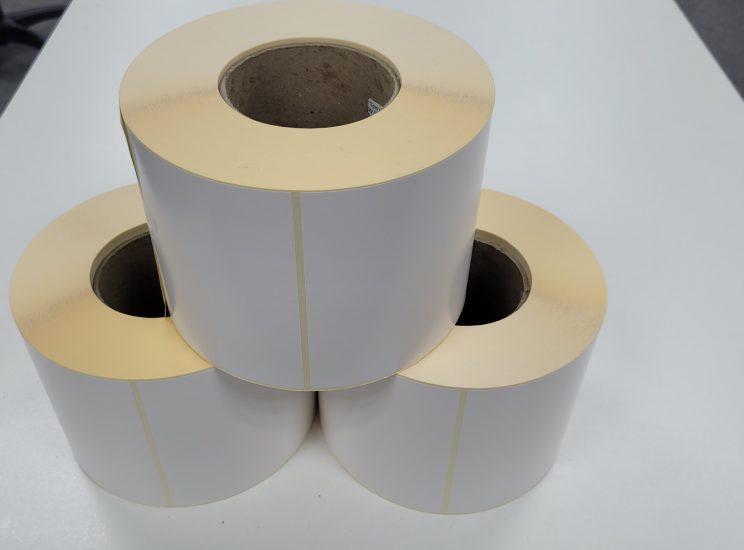Modernizing Water Systems – Trenchless Water Pipe Replacement for Enhanced Efficiency
Modernizing water systems is a critical endeavor in today’s world, where efficient infrastructure is key to sustainable development. One innovative approach gaining traction is trenchless water pipe replacement, which offers significant advantages in terms of efficiency, cost-effectiveness, and environmental impact compared to traditional methods. This article explores how trenchless techniques are revolutionizing water system upgrades and enhancing overall efficiency. Traditional water pipe replacement methods often involve extensive excavation, disrupting the surrounding environment, causing traffic congestion, and increasing project costs. Trenchless technology, on the other hand, minimizes these drawbacks by allowing for the replacement or rehabilitation of underground pipes with minimal surface disruption. This method is particularly beneficial in urban areas where space constraints and the need to minimize public inconvenience are paramount. One of the key benefits of trenchless water pipe replacement is its efficiency in completing projects in a timely manner.
By avoiding the need for extensive digging and trenching, trenchless methods reduce the time required for completion compared to traditional approaches. Vanrite plumbing trenchless sewer repair in Green Bay translates into cost savings for municipalities and water utilities, as labor and equipment costs are reduced, and project timelines are shortened. Furthermore, trenchless techniques contribute to enhanced environmental sustainability. The reduced excavation means less disruption to ecosystems and reduced soil erosion. It also minimizes the need for transporting excavated materials, reducing carbon emissions associated with construction activities. Overall, trenchless water pipe replacement aligns with environmental conservation goals and supports a greener approach to infrastructure development. Another advantage of trenchless technology is its versatility in addressing various pipe materials and sizes. Whether dealing with aging cast iron pipes, deteriorated concrete pipes, or smaller diameter pipes in residential areas, trenchless methods can accommodate different pipe materials and sizes. This flexibility makes it a viable option for a wide range of water system upgrade projects, from municipal infrastructure to residential plumbing repairs.
Moreover, trenchless techniques often result in improved pipe performance and longevity. The use of advanced materials such as high-density polyethylene HDPE pipes in trenchless installations offers durability and corrosion resistance, leading to longer service life and reduced maintenance needs. This translates into long-term cost savings for water utilities and a more reliable water supply for communities. In addition to these technical benefits, trenchless water pipe replacement enhances public satisfaction and safety. The reduced disruption to neighborhoods and traffic flow minimizes inconvenience for residents and businesses during construction. This leads to a more positive public perception of infrastructure projects and fosters community support for water system improvements. Trenchless water pipe replacement is a game-changer in modernizing water systems for enhanced efficiency. Its advantages in terms of reduced excavation, cost-effectiveness, environmental sustainability, versatility, improved pipe performance, and public satisfaction make it a preferred choice for infrastructure upgrades. As cities and utilities prioritize smart and sustainable solutions, trenchless technology will continue to play a crucial role in shaping the future of water systems worldwide.



 The artistic journey commences with the design phase, a delicate dance between imagination and craftsmanship. Every curve, line, and detail is purposefully etched to narrate a unique story, a visual saga that captures the essence of valor and duty. The symbolism embedded in each ring varies, reflecting the diverse branches of the military and the myriad roles undertaken by its members. Whether adorned with the proud insignia of the Army, the maritime anchors of the Navy, the soaring wings of the Air Force, or the unity-inspired emblems of the Marine Corps, each ring becomes a bespoke masterpiece, a personal epic for the wearer.
The artistic journey commences with the design phase, a delicate dance between imagination and craftsmanship. Every curve, line, and detail is purposefully etched to narrate a unique story, a visual saga that captures the essence of valor and duty. The symbolism embedded in each ring varies, reflecting the diverse branches of the military and the myriad roles undertaken by its members. Whether adorned with the proud insignia of the Army, the maritime anchors of the Navy, the soaring wings of the Air Force, or the unity-inspired emblems of the Marine Corps, each ring becomes a bespoke masterpiece, a personal epic for the wearer.